Neuroscience Research at the NICHD
Since its founding as an entity to “encourage imaginative research into the complex processes of human development,” the NICHD has both supported and conducted research in the neurosciences. Initially, this work focused on examining problems of birth defects and intellectual and developmental disabilities.
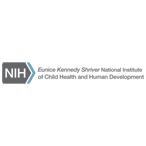
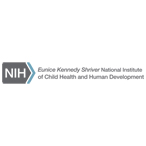

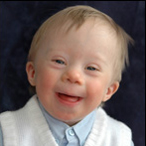
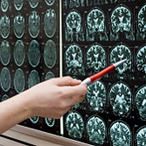
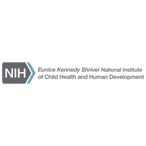
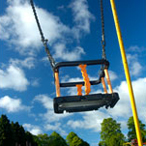
 BACK TO TOP
BACK TO TOP